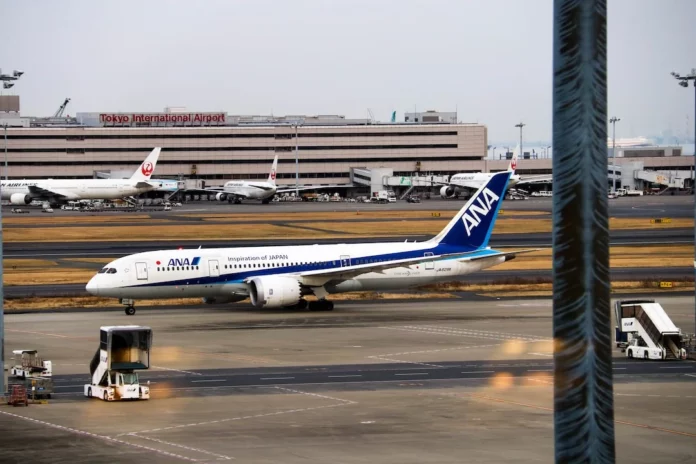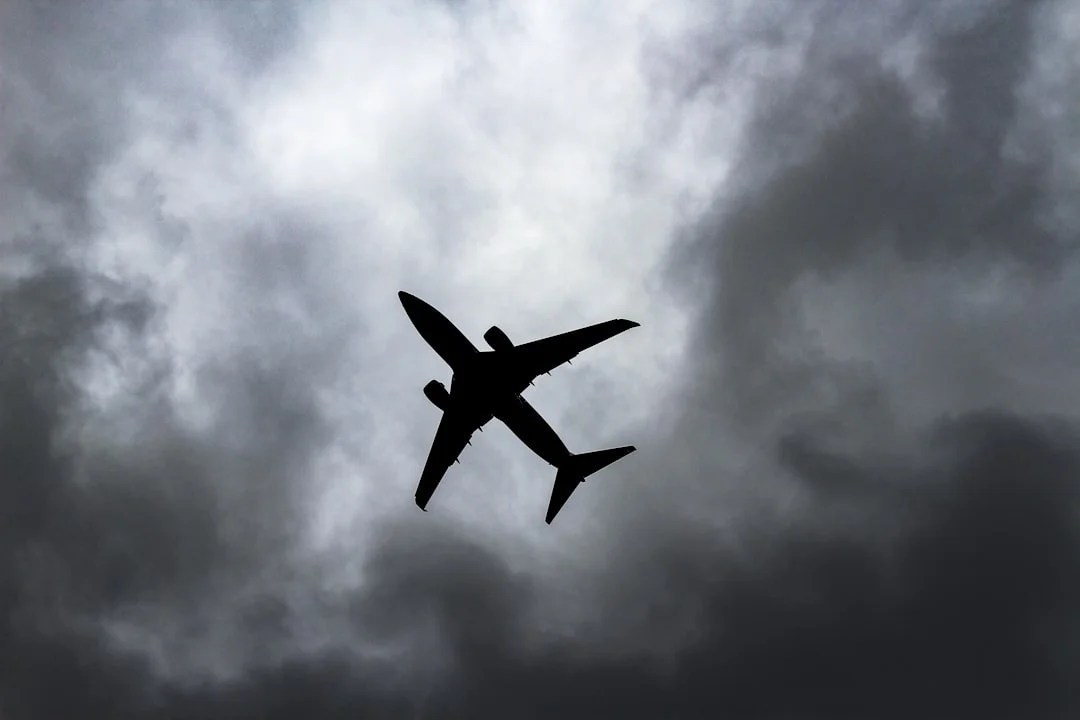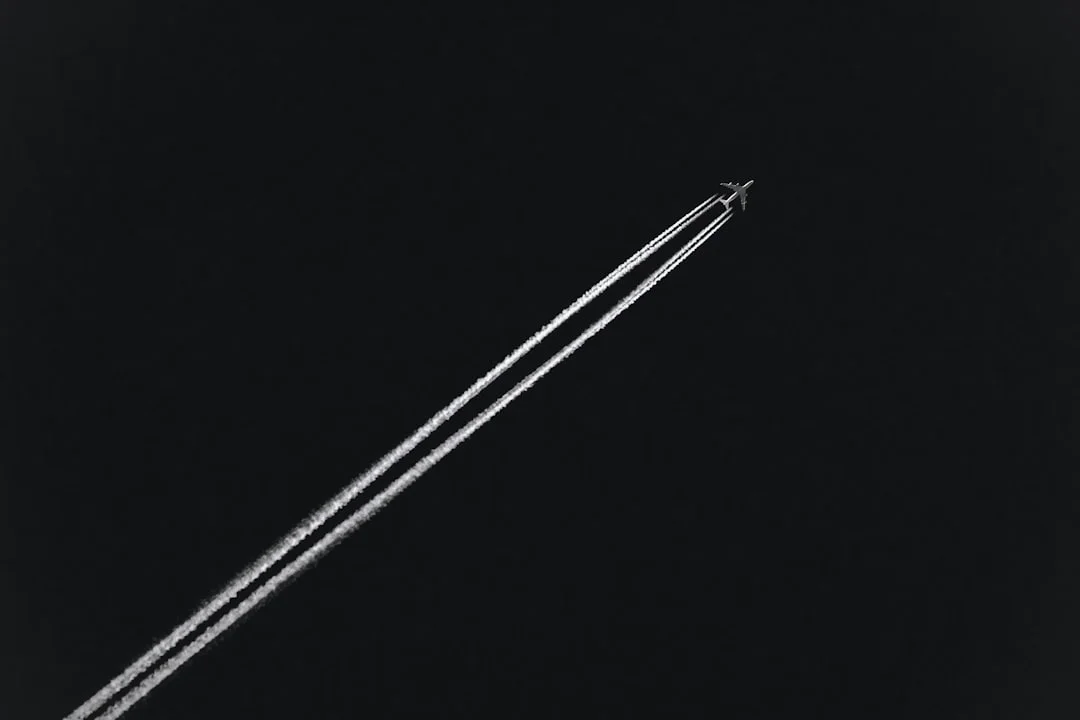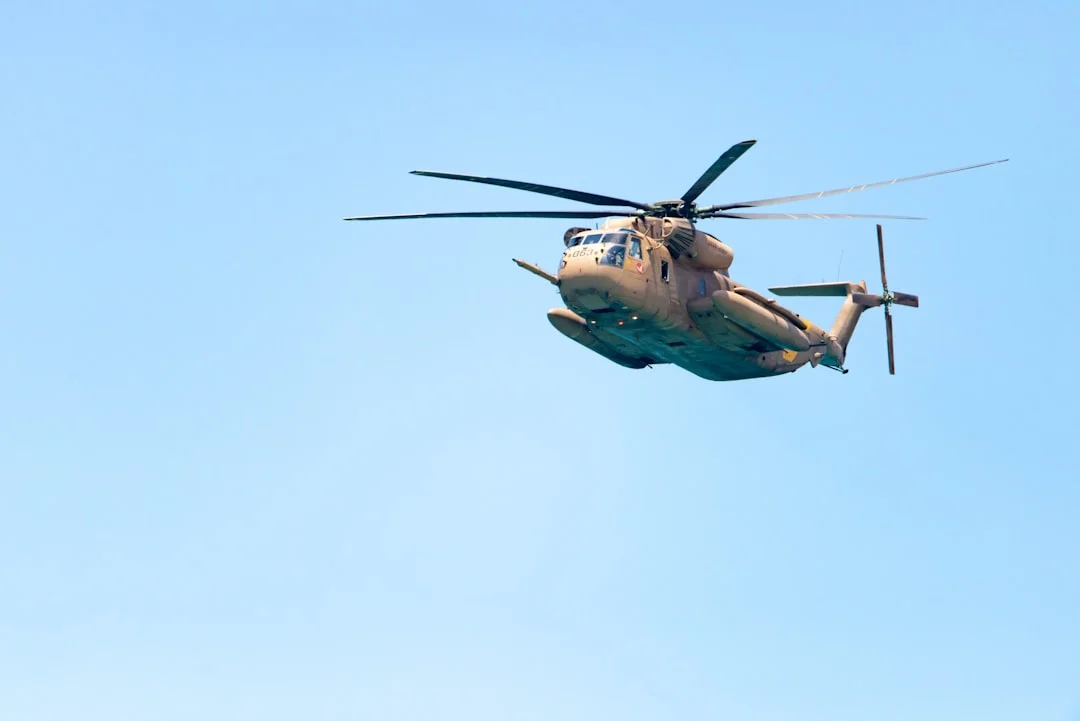The outflow valve, often abbreviated as OFL, is a crucial component of the Boeing 777 aircraft’s environmental control system (ECS). This mechanical valve controls the flow of air out of the aircraft cabin, regulating the cabin pressure and ensuring a comfortable and safe flying experience for passengers and crew. Understanding the functionality and significance of the outflow valve is essential for any aviation enthusiast or professional working with the Boeing 777 aircraft.
Contents
The Role of the Outflow Valve
The outflow valve on the Boeing 777 is responsible for maintaining the desired cabin pressure during all phases of flight. It achieves this by controlling the rate at which air exits the cabin. When the aircraft is on the ground or at lower altitudes, the outflow valve allows air to flow out at a slower rate, maintaining a higher cabin pressure relative to the outside atmosphere.
As the aircraft ascends to higher altitudes, the outflow valve gradually opens to allow air to escape at a faster rate. This controlled release of air ensures that the cabin pressure remains within safe limits, preventing the risk of structural damage to the aircraft and discomfort to passengers and crew due to rapid pressure changes.
The Outflow Valve and Cabin Altitude
The outflow valve’s primary function is to maintain a specific cabin altitude throughout the flight. Cabin altitude refers to the equivalent altitude above sea level experienced inside the aircraft. The Boeing 777 is designed to operate with a maximum cabin altitude of approximately 8,000 feet (2,438 meters).
This means that regardless of the aircraft’s actual altitude, the cabin altitude is kept at or below 8,000 feet to ensure a comfortable and safe environment for passengers. The outflow valve continuously adjusts its position based on inputs from the cabin pressure controller, maintaining the desired cabin altitude through precise control of air outflow.
It is worth noting that during the descent phase, the outflow valve gradually closes to reduce the cabin pressure and equalize it with the decreasing atmospheric pressure outside the aircraft. This helps prevent discomfort in passengers’ ears and avoids stress on the aircraft’s structure due to rapid pressure changes.
Outflow Valve Design and Safety
The outflow valve on the Boeing 777 is a multi-stage, electronically controlled valve. It consists of several moving parts and is typically located in the lower fuselage area. The valve’s design and operation ensure smooth and precise control of air outflow, even in different flight conditions and altitudes.
The outflow valve is a critical safety feature of the Boeing 777, and its functionality is closely monitored by the aircraft’s systems. If a fault or failure is detected in the outflow valve, appropriate alerts and warnings are sent to the flight crew, allowing them to take corrective actions necessary to maintain a safe cabin environment.
In addition to maintaining cabin pressure, the outflow valve also plays a role in regulating the temperature inside the cabin. By adjusting the outflow rate, the cabin temperature can be controlled to ensure a comfortable and pleasant environment for passengers and crew throughout the flight.
Conclusion
The outflow valve, or OFL, is an essential component of the Boeing 777 aircraft’s environmental control system. It controls the flow of air out of the cabin, maintaining the desired cabin altitude and pressure throughout the flight. With its precise control and multi-stage design, the outflow valve ensures a safe and comfortable cabin environment for passengers and crew.
For More: What is VGH on Boeing 777? (Velocity, Gravity, Height)




